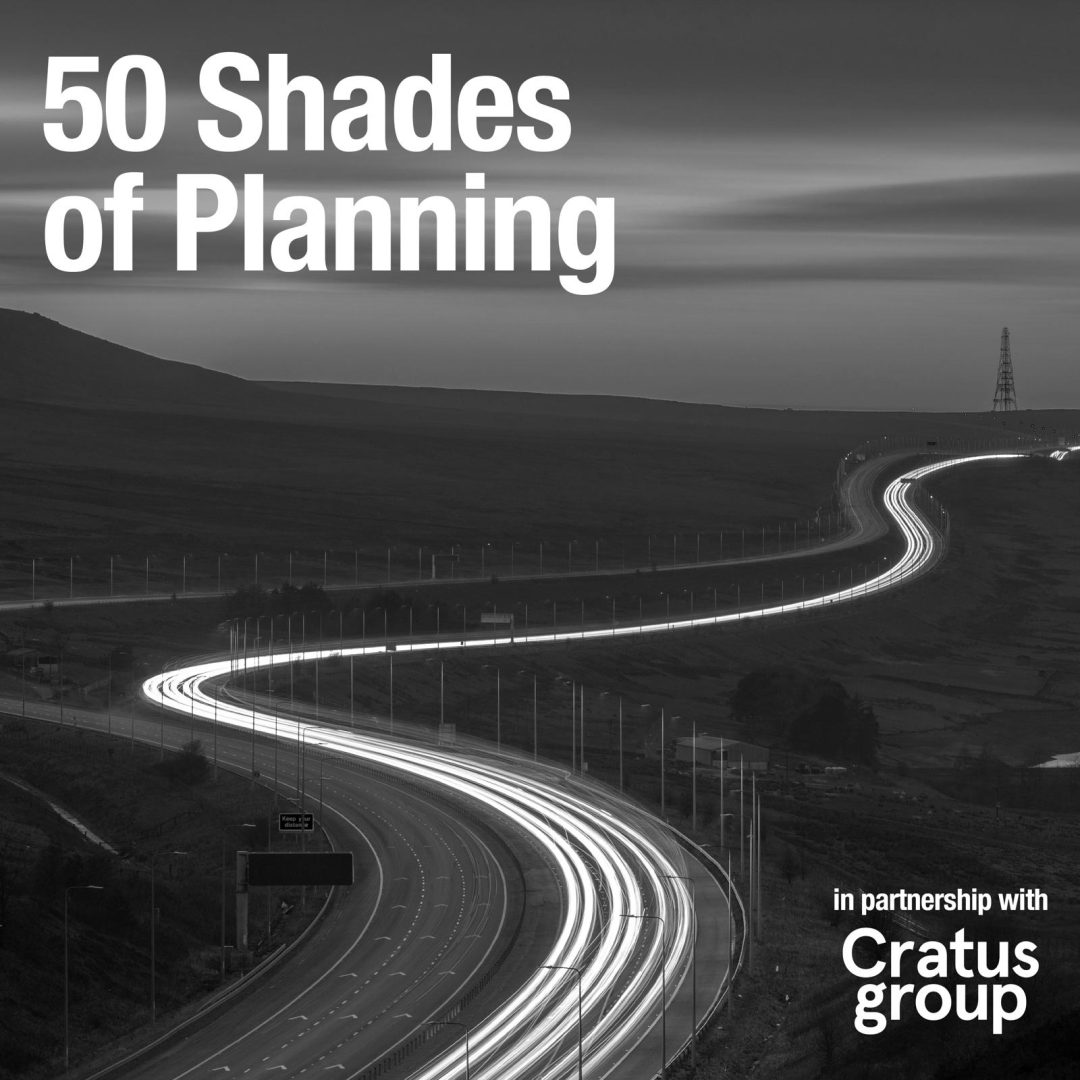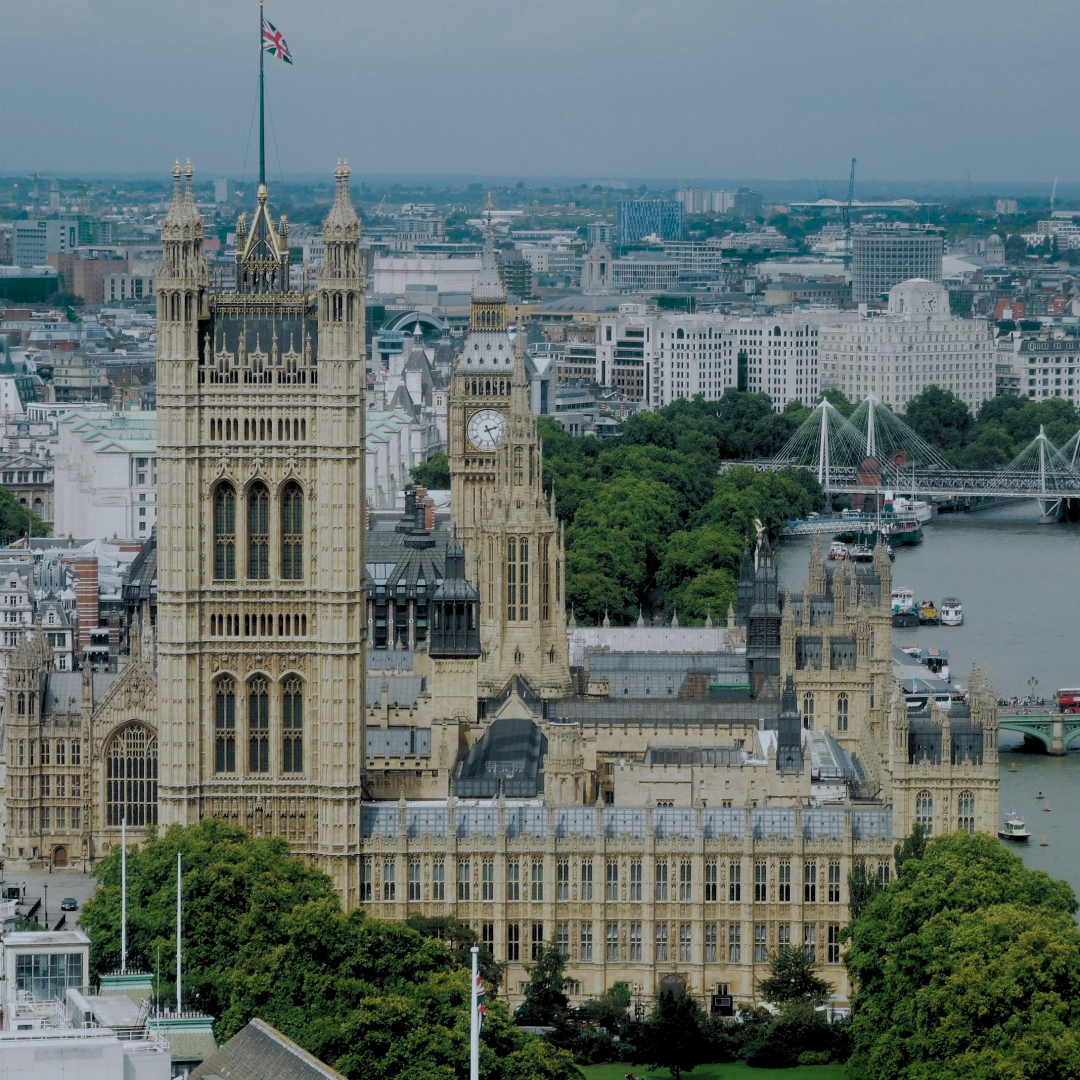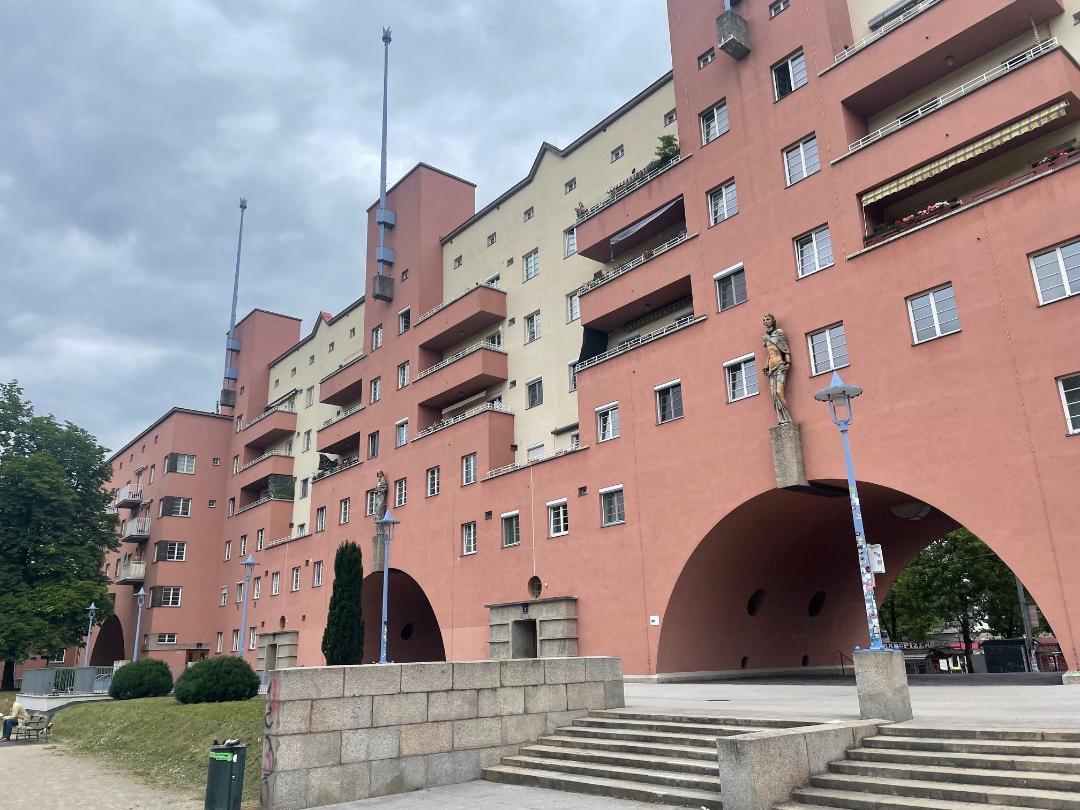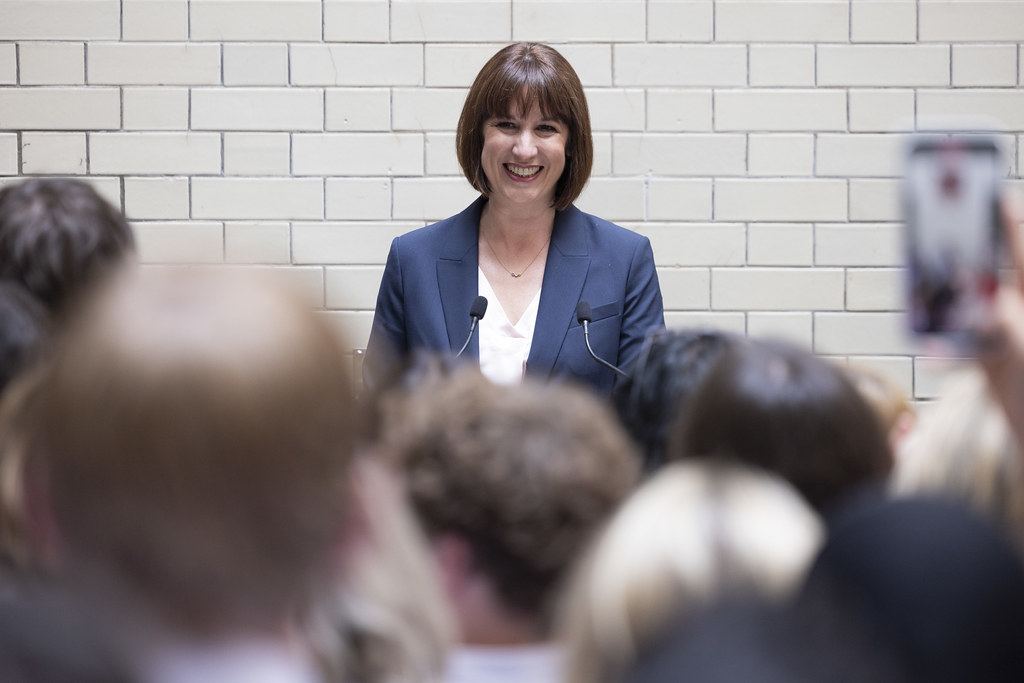Operation Big Dog House
Boris Johnson has decided to rebuild his reputation by fixing the housing crisis. Unfortunately, his proposals have been slammed by leading housing and homelessness charities as it’s likely to make it worse, Polly Neate from Shelter branded them “Baffling, unworkable, and a dangerous gimmick”.
I have blogged already on the right to buy https://cratus.co.uk/the-greatest-privatisation and have no desire to go over this ground again. So, I want to look in a little more detail at why we haven’t got the right to buy in the housing association sector. We are told that the Prime Minister is channelling his inner Margaret Thatcher, however she did not bring in the right to buy in the 1980 Housing Act when it was introduced for council housing.
Originally, the housing bill did include the provision for introducing the right to buy for housing associations. Once the bill reached the House of Lords the debate focussed upon the power and efficacy of the government, forcing charities to sell their assets. While it was fine for the Government to discount the sale of its own assets (which council housing was) it was considered wrong for it to insist that charities do the same. Charitable housing associations were then exempted from the right to buy, it did still apply to some non-charitable organisations.
It wasn’t until 2015 that the idea of forcing housing associations to sell their homes arose again. The National Housing Federation made a lot of organising a voluntary deal with government on right to buy. Announced at their 2015 conference, housing associations were given a month to say whether or not they backed the idea. Basically, the NHF case was that they could have a deal on their terms or be forced to have one on the Government’s. This deal was based upon four principles: discounts for tenants, control over which homes could be sold, full compensation for housing associations and a one for one replacement guarantee.
Two pilot projects were conducted one in 2016 and the other in 2018. The first pilot was small scale within 5 housing associations. While there was strong interest from tenants only 6% of eligible customers made an application and 60% of those dropped out during the process.
The second pilot was more substantial and focussed on the Midlands. When the evaluation was completed, over 9,000 applications led to fewer than 2,000 sales. The survey estimates that the “propensity to buy nationally was calculated at 6.3%”, this would equate to a potential of around 160,000 buyers (compared to the 2.5million figure being trumpeted in the Daily Mail and some other newspapers).
The pilot had a cost to Government of £124m (£119m in discounts and £5m in administration) which equates to a cost of £66,000 per property to the taxpayer, suggesting a national sales project of 160,000 would cost around £10bn. This is a significant amount of money and could be significantly more, given the increase in house prices and that the Midlands prices may be lower than the average across the country, given the large proportion of housing association homes located in London and the South East.
One of the key battlegrounds for this policy is whether the homes sold can be replaced. The finding of the study was that the money received by associations was only 70% the amount needed to build a replacement. Therefore a 1-4-1 replacement could require an added £3bn in Government grant, if land could be found to build the replacement homes on. Furthermore, the social rented homes were replaced with smaller properties, and often properties with higher affordable rents, or shared ownership, only 42% of replacements were at social rents. Most associations also said that it would take around 3 years to replace a home slightly at odds with Michael Gove’s claim on Good Morning Britain that the homes bought under the scheme would be replaced “Instantly”.
There is also the obvious issue of the cost-of-living crisis. As more people can’t afford to heat and eat, and inflation rises further, it is unlikely that people in social housing have the spare cash to fund even a five percent deposit to purchase a home. Yes, many people are paying more in rent than they would on a mortgage, but they almost exclusively live in the private rented sector, a sector excluded from any right to buy proposals.
There is no doubt that the government is committed to increasing home ownership. However, the right to buy is yet another demand side measure which fails to deal with the underlying lack of supply across the housing market and will lead to a reduction in the valuable resource of social homes. If the Prime Minister really wanted to deal with our housing crisis, he needs to build more social homes, not force the sell off the ones we have.








